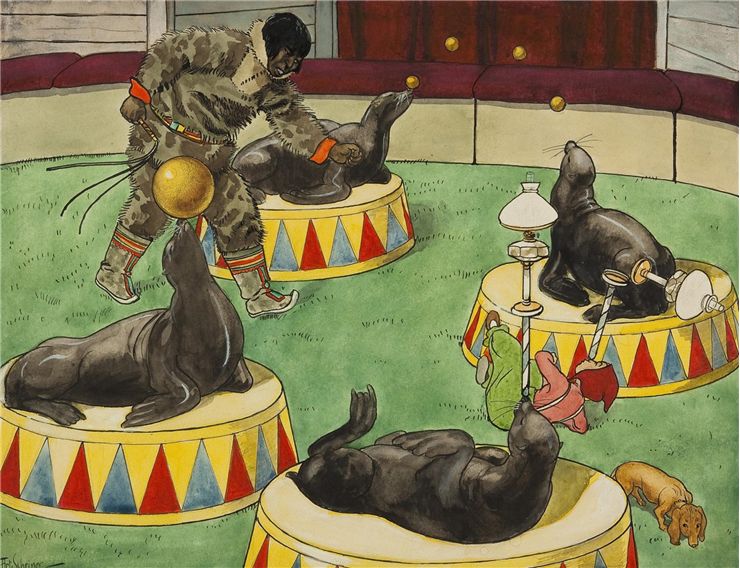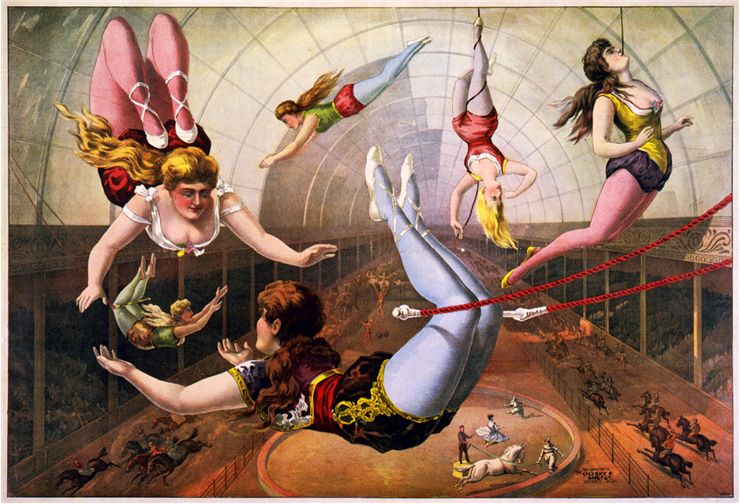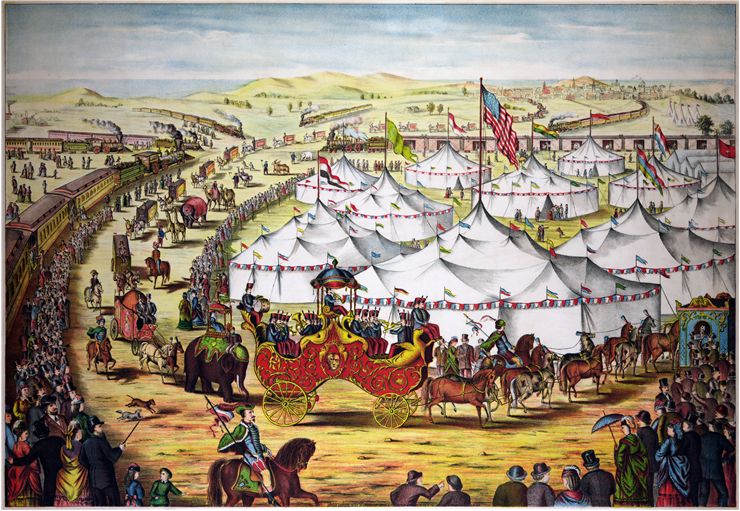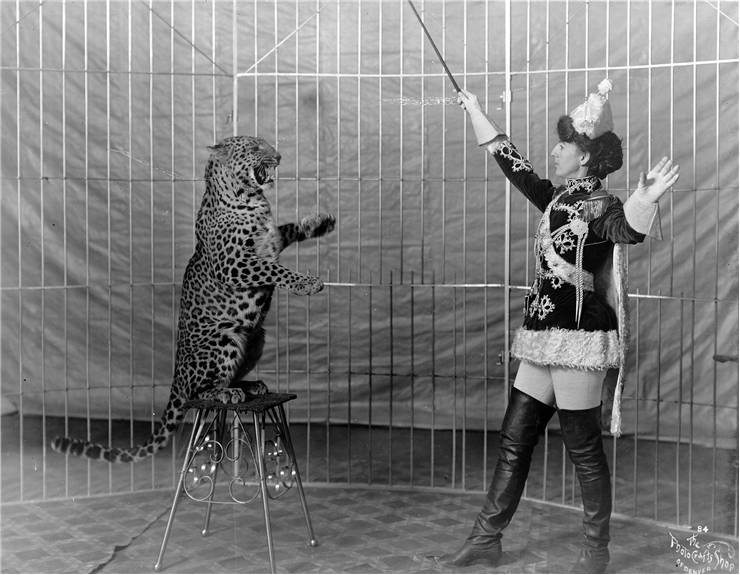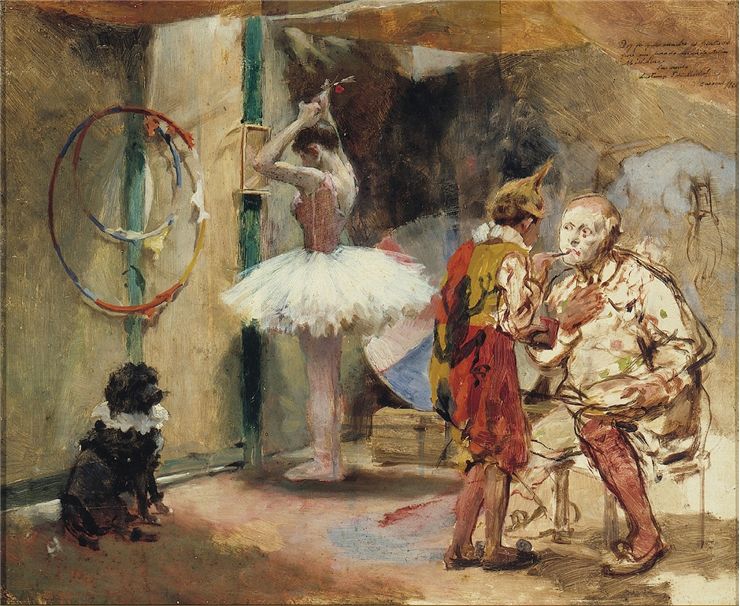History of the Circus
Circus is a name for a traveling company of performers. These performers are usually acrobats, clowns, and trained animals, although circuses have musicians, trapeze, and other stunt artists. Circuses typically perform in a circus tent. The circus is more of an art form than a pure show today.
Circus History and Origin
Some say that the history of the circus began in the 18th century. Some say that the history of the circus begins in ancient Rome. We believe them and discuss all important points from the circus origins here.
Circus Facts and Trivia
Circuses strive to be colorful and to capture the attention of the audience. They enlist various people with different skills and train different animals to do many tricks to achieve that. And in that striving, they can go too far.
Different Famous Circuses
As we all know, wild animals can be dangerous, heights can be dangerous, and neglect can be dangerous. Mix all that, and you get a big part of the circus. These aspects brought some of the most serious accidents in circus history.
Some say that the circus appeared for the first time in the 18th century, and if we look at the origins of the modern circus, they may be right. But the first circuses appeared in Ancient Rome, where horse and chariot races were held, along with staged battles, gladiatorial combat, and displays of trained animals. The circus of that time was the only public spectacle at which men and women were not separated. The earliest circus in Rome was the Circus Maximus, built in the Old Kingdom era. When finished, it could receive 250,000 people, 400m long and 90m wide. Circus Flaminius, Circus Neronis, and Circus of Maxentius are other famous circuses of the Roman era.
The modern circus began in the 18th century with Philip Astley, a cavalry officer from England. He opened an amphitheater in Lambeth, London, on 4 April 1768 to display horse riding tricks. Tricks were not his invention, but he was the first to build a place for their performance in front of an audience. He called this performance arena a Circle and the building an amphitheater, but they became known in time as Circus. Andrew Ducrow continued after Astley and was, at the time, proprietor of his Amphitheater. The first mainstream clown was Joseph Grimaldi with his role of Little Clown in the pantomime “The Triumph of Mirth, or Harlequin's Wedding,” in 1781. Charles Dibdin and his partner Charles Hughes opened The Royal Circus in London on 4 November 1782. Astley exported his Circus to France in the same year as “Amphithéâtre Anglais” and then continued to build 18 more throughout Europe. All these circuses were in specially made buildings for them. Tents appeared later.
The first modern circus in the United States was one in Philadelphia, founded by John Bill Ricketts on April 3, 1793. “The Circus of Pepin and Breschard” toured from Montreal to Havana in the first two decades of the 19th century, and they built many circus buildings along the way. Joshuah Purdy was the first to use a large tent for his circus, and he did it in 1825. Thomas Taplin Cooke brought a tent to England in 1838. Because tents were easier to use, they slowly replaced circus buildings, retrofitted buildings, and open spaces. One of the largest (if not the largest traveling circus) was “The Barnum & Bailey Greatest Show On Earth,” which toured from 1897 to 1902. Under the wish by Lenin for the circus to become “the people's art form,” the USSR nationalized Russian circuses in 1919 and opened the State University of Circus and Variety Arts, better known as the Moscow Circus School, in 1927.
What we call today a “Contemporary circus” (or “nouveau cirque”) appeared in the 1970s in many places like Australia, Canada, France, the West Coast of the United States, and the United Kingdom. This circus still has traditional acts but combines them with theatrical techniques to tell a story or present a theme. The earliest examples of the contemporary circus are Circus Oz, formed in Australia in 1978 from SoapBox Circus and New Circus; Pickle Family Circus, formed in San Francisco in 1975; and Cirque du Soleil, founded in Quebec in 1984. Modern are the Tiger Lillies, Le Cirque Invisible, Dislocate, and Vulcana Women's Circus.
